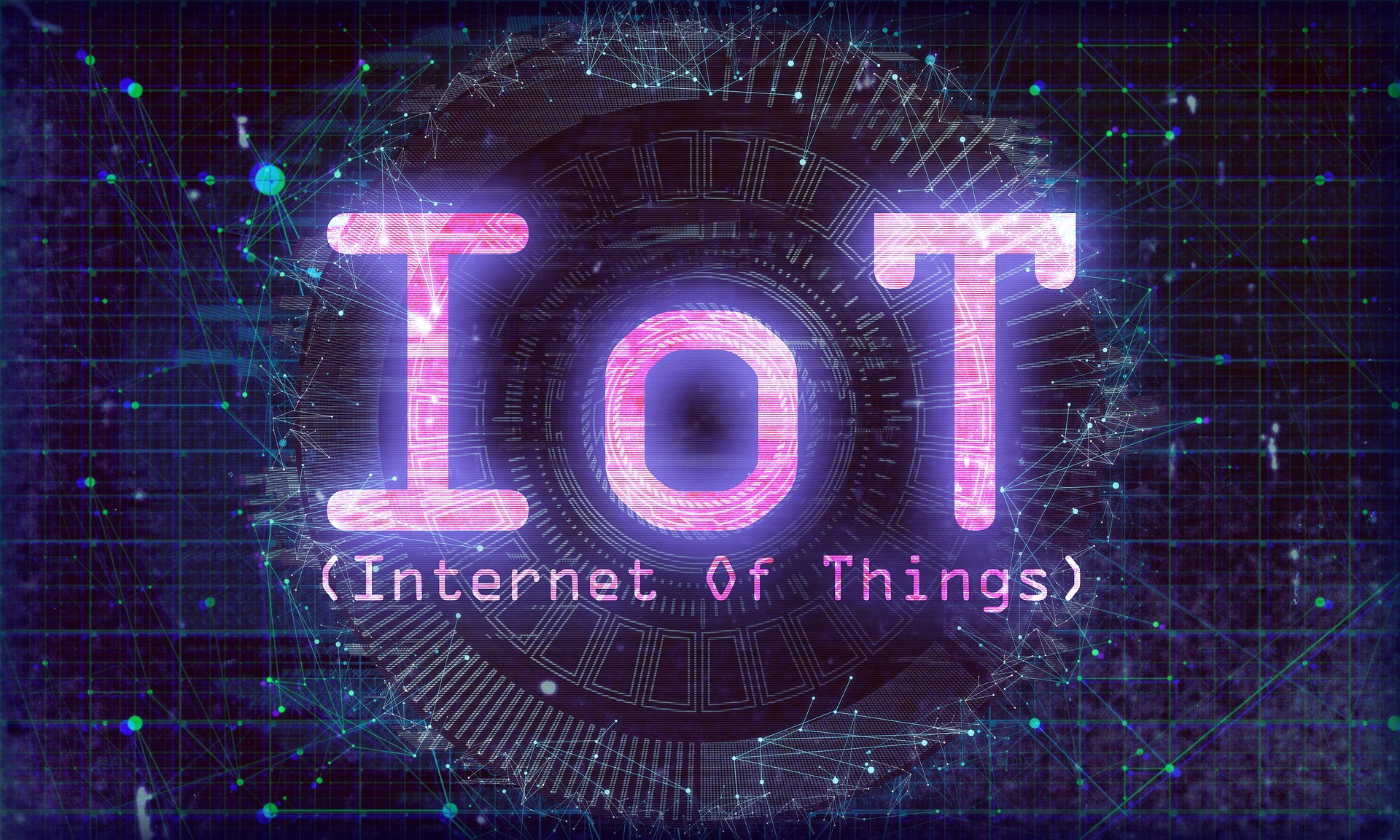IoT creates opportunities, evoking new business models in logistics and warehousing. With lot of potential, IoT is to revolutionize business processes across the entire value chain.
We all know that the internet has undergone numerous stages of development from its inception but wait, the revolution is yet to be realized. What is Internet of Things (IOT) and why it is need of an hour? First and foremost, you need to perceive the current scenario of today’s livelihood that is smeared with latest technologies and internet undoubtedly.
Today, a quintessential part of our living is covered by internet and it is considered indispensable for its omnipresence in our daily life. The accelerating influence of internet in our work and communication is as transparent as glass. But how did the internet get so large so quickly?
Today’s internet evolved from ARPANET, the first TCP/IP network. With this evolution, computers have also evolved remarkably from PCs to laptops, tablets, smartphones and more. The transition of internet and technologies has modified the system of send, receive and process to the devices.
This time period is considered as the golden time in the life of the internet- The Internet of Things (IoT). Though it is not an entirely new concept but one can consider it as networked connection of physical objects and that would help to understand it easily. It is originated in the early 2000s with the work of MIT’s Auto ID Lab. Not only in order to do some changes but emerging along with new insights and to jumpstart the business value we need to join or connect to the unconnected.
For an instance, let’s talk about the objects that are not computers in classic sense and serve multiple facilities to the users or for example, let’s say gloves which is for covering hands for warmth and protection; or let’s take street lights which are to illuminate the road or a forklift which is used to move pallets or other heavy items but none of these are connected to the internet as they did not send, receive, process or store any information. Nevertheless, the paramount duty of IoT is to light up the gloomy through improvisation and connectivity.
Now, the interesting thing is the astonishing capacity of IoT. What if a connected glove can tell his manufacturer or researcher about how many things have been touched by it during the usage and what are those by name? Street lights can optimize the flow of traffic or sense the presence of cars and show them the right direction? A connected forklift can alert a warehouse manager by presuming mechanical problems or safety risks or used to be creating greater location analysis of inventory in the warehouse? Hey, these have been actualized dramatically in very short time period.
Let’s have a look on ‘Operational Technology’ (OT). OT is typified by more specialized, industrial network protocols and applications that are commonly used in plant floors, energy grids etc. IoT strives a diverse array of different technologies including wired connection as well as wireless local (e.g. Bluetooth, RFID, Zigbee, Wi-Fi etc.), mesh network and wide area connections (e.g. 3G, LTE).
However, the digital revolution is having a deep effect on delivery logistics. The combination of cloud services, mobile computing and analytics – all of them are the branch trails nourished by the Internet of Things (IoT). By maintaining the proper harmony with the changing scales of the demands of different companies, the proliferation of IoT is astonishing.
In today’s market, one of the most favored methods to fulfill deliveries is through third party logistics. To move the product from one area to another 3rd party logistics or 3PL can be a staunch option. But IoT is going to change how this process operates! ‘Asset’ tracking is one of the biggest trends poised to upend supply chain management. By using tools to make better outcome and save time and money countless companies have been carried out their supply chain and logistics operations. As per the statistics and experts, in 2015 IoT technologies such as asset tracking solutions could have an impact of more than $1.9 trillion in the supply chain and logistic sector.
Several shipping companies are using barcode scanners to track and manage their inventory. IOT is developing rapidly likewise by putting hands on hands 70% of manufacturing companies have already started a digital transformation project in their logistic operation and supply chain. The widespread adoption of pallet or item level tagging using competitive costs, minimizes identification devices such as RFID and macadamize the way for IOT driven smart Inventory Management in the warehouse.
Let’s talk briefly about the impacts of IoT that stimulate warehouse industry and logistics.
IoT offers a wide array and promises far reaching pay offs for logistic operators. The benefit provided by IoT extends across the entire value chain including warehousing operations, last-mile delivery and freight transportation. In an innovative and new way, you can begin to tackle difficult operational business questions, operational efficiency, safety and security, customer experience and new business models. These are the impact areas of IoT.
Perks of being an IoT user or facility holder, is completely enthralling in today’s social market. To identify wider improvement opportunities and best practices one can apply analytics to the entire value chain with the help of IoT. The status of assets, parcels and people anything can be monitored smoothly through this automation. The harmony of work flow among people, system and assets can be optimized and one can coordinate their activities also. Automation of the business processes to eradicate manual interventions, reduce the costs and improvement of quality and predictability can be adjusted easily. The appropriate picture of Performance, assets and effect changing before and after any kind of implementation will be very easy.
Now you can ask what are the paramount job rolls of IoT in logistics? Censors, microprocessors, wireless connectivity are altogether the backbone of IoT’s internal anatomy. From several years these logistic applications are being used by many companies across the country. From the inception of the handheld scanners that digitized the delivery process to the multiple sensors, monitor cargo integrity, delivery truck performance etc. The logistic industry was one of the first adopters of these IoT technologies in operations.
Now let’s focus on the Warehouse Management System and how it has been ‘’re-conceptualized’’ through several improvisations.
Warehouses have always played a significant role as a vital hub in flow of goods within supply chain. When the context is about cost efficiency, fast delivery to the customers and increasingly flexible warehousing operations, they have been considered as a key source of competitive advantage for logistics provider.
But this is a difficult job to do. There are thousand types of stores with different types and forms of goods being stored in a warehouse today. Each square meter of warehousing space must be optimally utilized to assure specific goods can be recapture, processed and delivered as quickly as possible. The outcome is very satisfactory as the result is a high speed, technology driven environment that is optimal for IoT applications. From building an infrastructure to forklifts and pallets there are numerous ‘dark assets’ that can be connected and optimized through IoT. PALMS Supply Chain solutions have provided IoT solutions to various customers like providing real-time inventory visibility across warehouses, provide real-time picking information using Wireless Hand Held Terminals, provide real-time manufacturing information across several production lines in different geographies using sensors etc.
Let’s elucidate few examples of IOT in action in a warehouse. First and foremost, wireless readers capture data, transmitted from each pallet as it arrives through inbound gateways. This data cloud has information on the product such as volume and dimensions which usually arranged and sent to the WMS for processing. This quality reduces the time consuming task of manual counting and volume scanning of pallets. By scanning pallets for imperfections and damage detection through cameras entire procedure can be monitored by the system and these are the perks that also included in this data.
To provide real time visibility into inventory levels, tags transmit signals to the WMS, once pallets are moved to the correct location. Thereby, the costly out-of-stock situations are being managed and prevented. Apart from that, in a large and spacious warehouse, if any item has been misplaced, sensors can alert the warehouse manager who can track the item and find the exact location of it to balance the situation. Sensors are capable to monitor the condition of an item and alert warehouse managers about the temperature and humidity thresholds that when it will change or predict the upcoming condition. These actions are advantageous and help warehousing staffs to take correct decision, assure robust quality management and bigger customer satisfaction.
Well, this is really enthralling. The Internet of Things represents $ 1.9 trillion value at stake for the logistic industry over the next ten years. However, to derive significant commercial value from IoT will finally depend on how well connected assets, such as parcel or containers are networked along the supply chain. Countless advantages and opportunities exist for logistic providers to influence IoT in their organizations to increase productivity.
In conclusion, we need to realize the galloping pace of innovation and invention in recent years; especially the growth of embedded sensor technology, wearables and apps have already emerged with stupendous changes within very short time and countless facilities are yet to come by following the footprints that can change the whole world of technology in near future.
For more information please send a mail to info@onpalms.com









